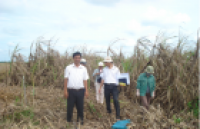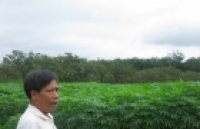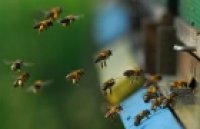| Analysis of the Transcriptome of Banana Fruit during Ripening |
|
Banana is a climacteric fruit and has an ethylene dependent ripening. This makes postharvest ripening fast, shortening its postharvest life and resulting in huge losses. To better understand the mechanism of ripening, Mehar H. Asif and Prabodh K. Trivedi from the National Botanical Research Institute, Council of Scientific and Industrial Research and the Academy of Scientific and Innovative Research in India, |
|
Banana is a climacteric fruit and has an ethylene dependent ripening. This makes postharvest ripening fast, shortening its postharvest life and resulting in huge losses. To better understand the mechanism of ripening, Mehar H. Asif and Prabodh K. Trivedi from the National Botanical Research Institute, Council of Scientific and Industrial Research and the Academy of Scientific and Innovative Research in India, undertook a study to evaluate global changes in the transcriptome of the fruit during the ripening process.
The team sequenced the transcriptomes of the unripe and ripe bananas. A large number of differentially regulated genes during banana fruit ripening were identified. Members of the expansin and xyloglucan transglycosylase/hydrolase (XTH) gene families were found to be highly up-regulated during ripening, hinting their roles in softening the fruit.
Many of these differentially regulated genes were found to be involved in cell wall degradation and synthesis of aromatic volatiles. A large number of these genes may be novel genes in banana and are good candidates for future studies. The results of this study will help in manipulating banana fruit ripening and reducing post harvest losses.
To learn more about this study, read the full article here: http://www.biomedcentral.com/1471-2229/14/316.
Figure: The expression profiles for selected members of gene families associated with (A) Ethylene perception and signaling (B) cell wall modification and (C) aroma formation. Quantitative real time PCR of the gene families was carried out using total RNA isolated from fruit tissues. 0 to 8 represent the days post ethylene treatment in the banana fruits. The relative transcript abundance was normalised using banana actin gene.
|
|
|
|
[ Tin tức liên quan ]___________________________________________________
|


 Curently online :
Curently online :
 Total visitors :
Total visitors :
(24).png)


